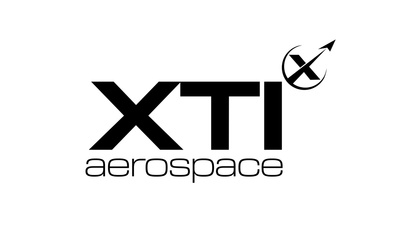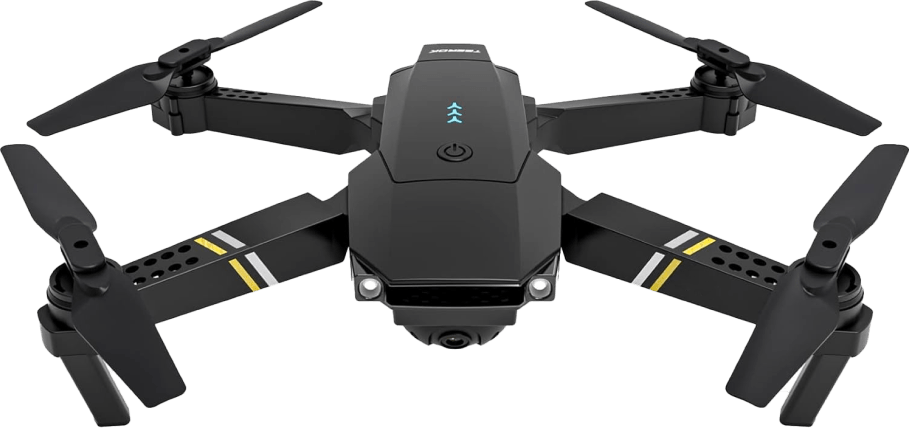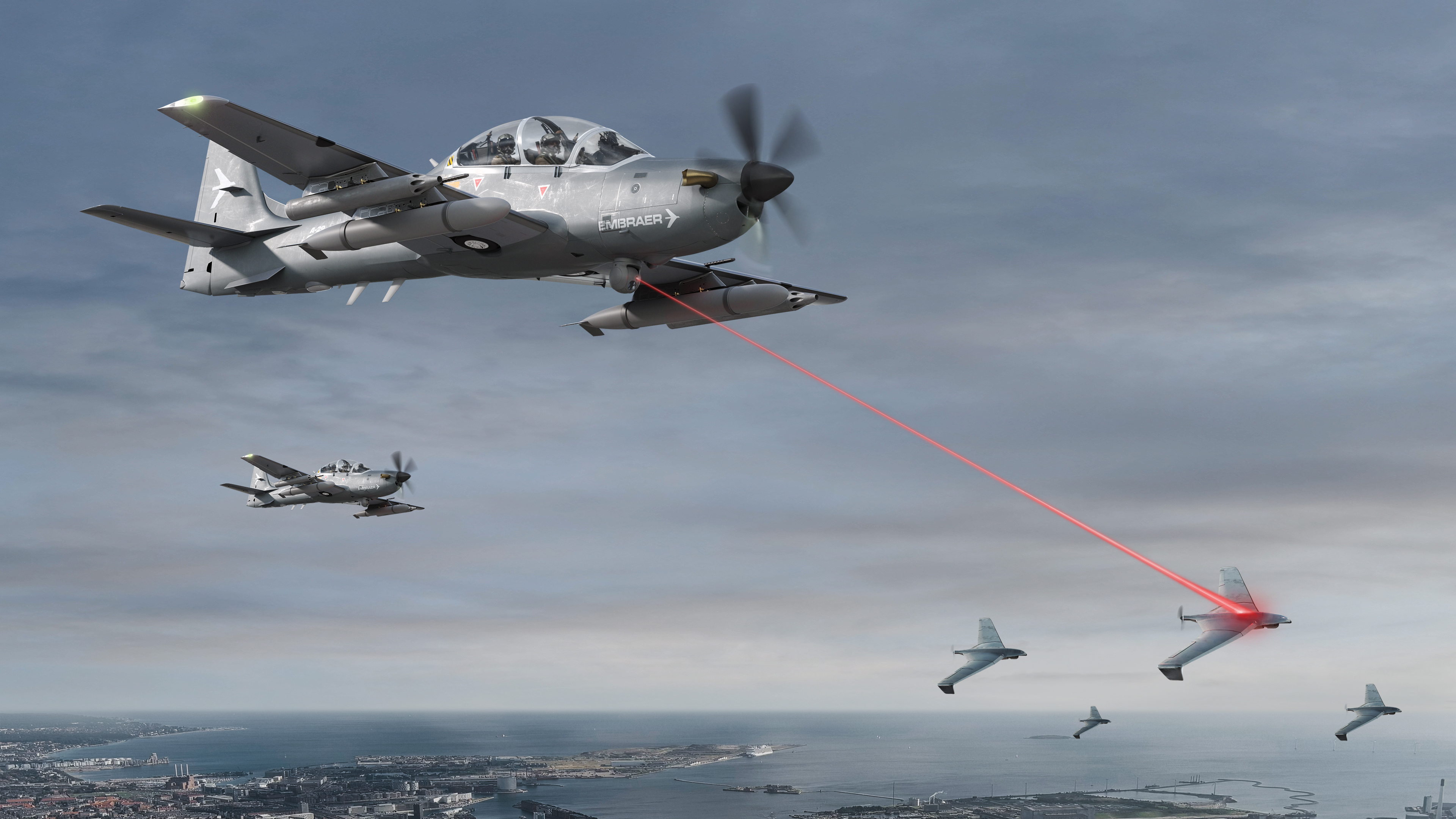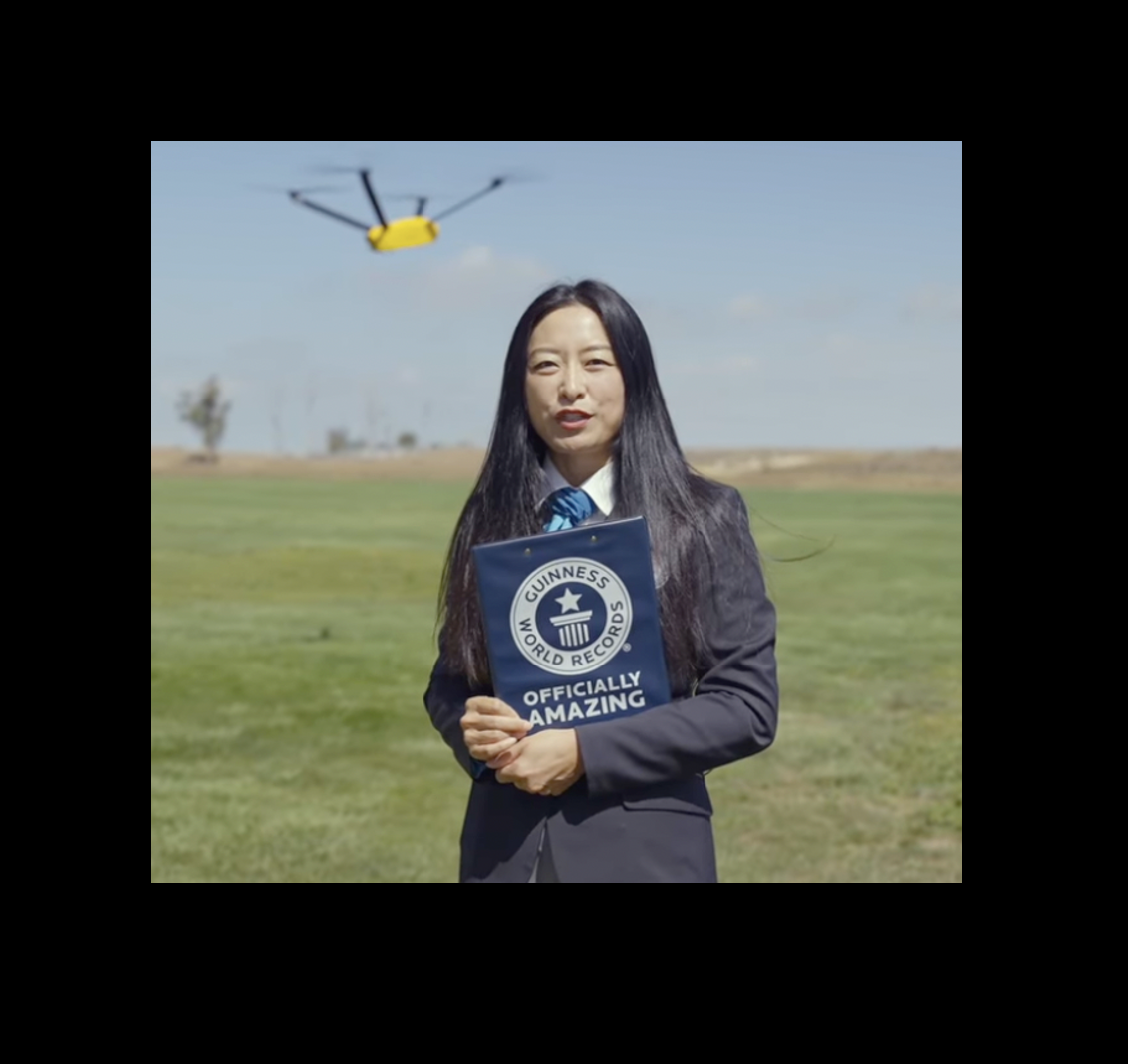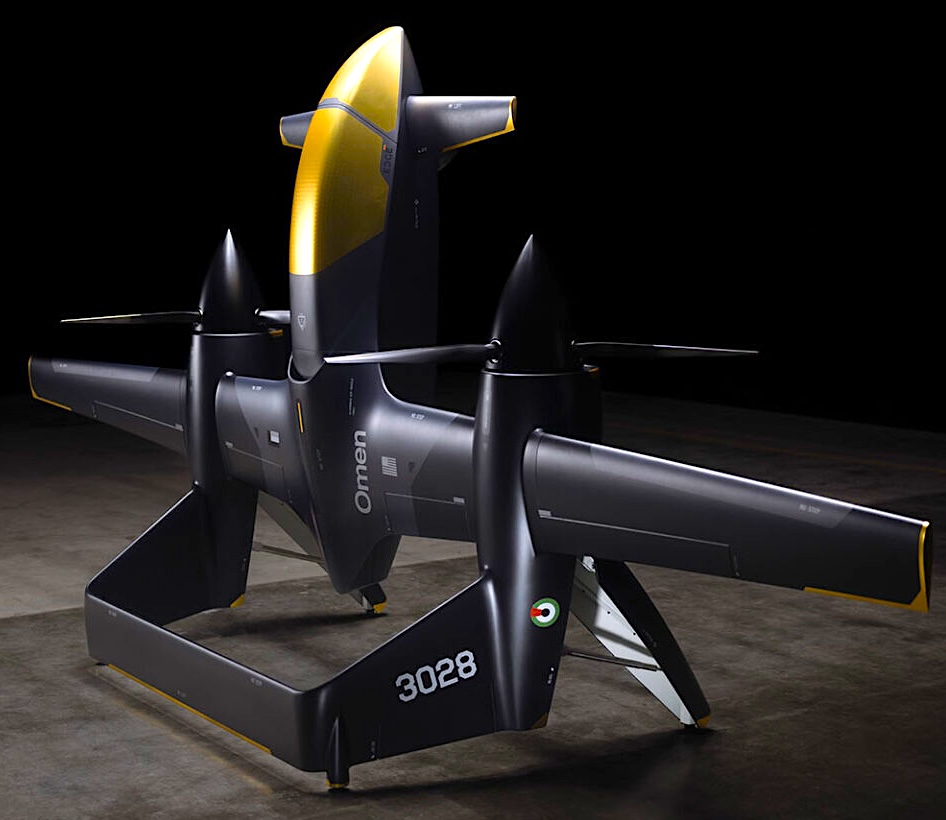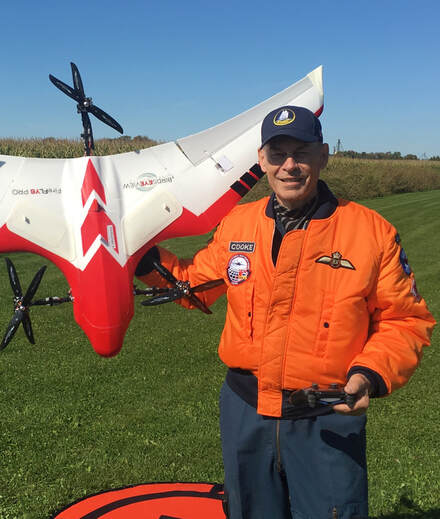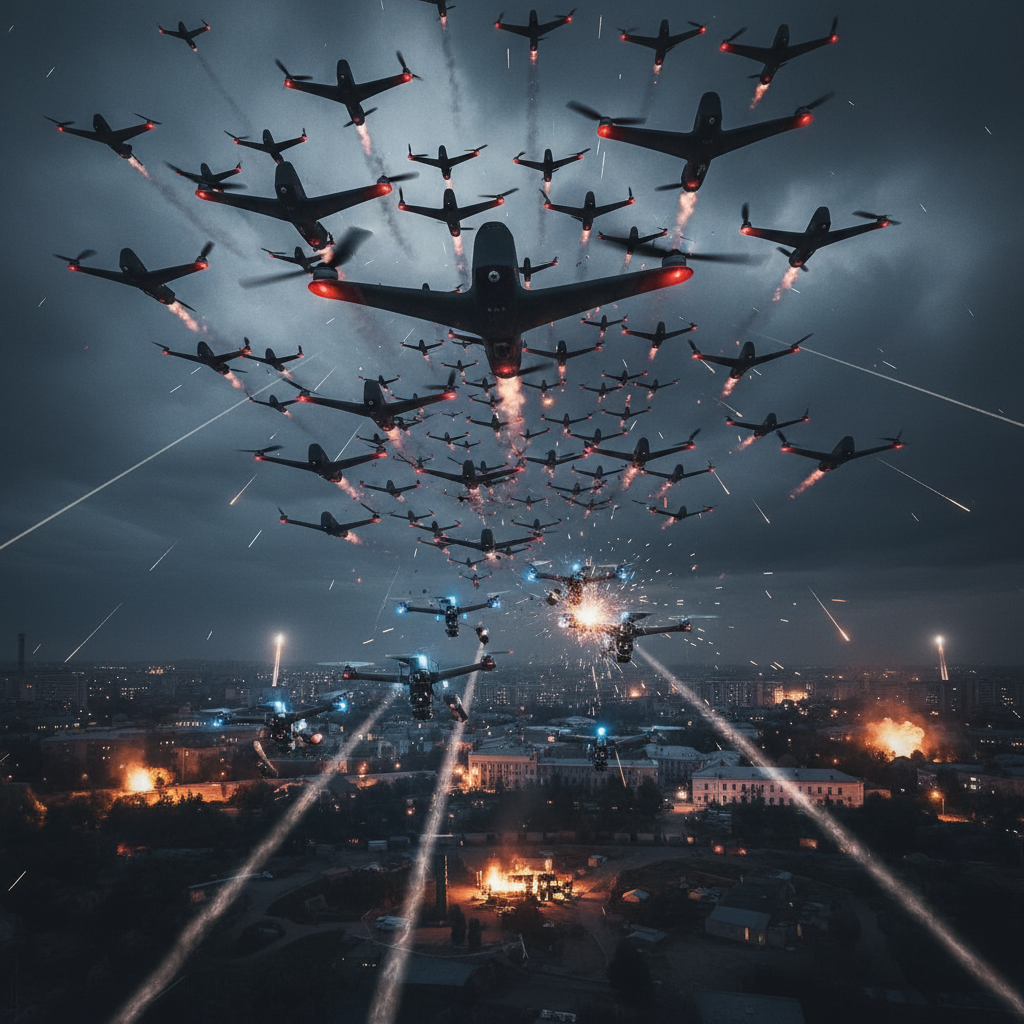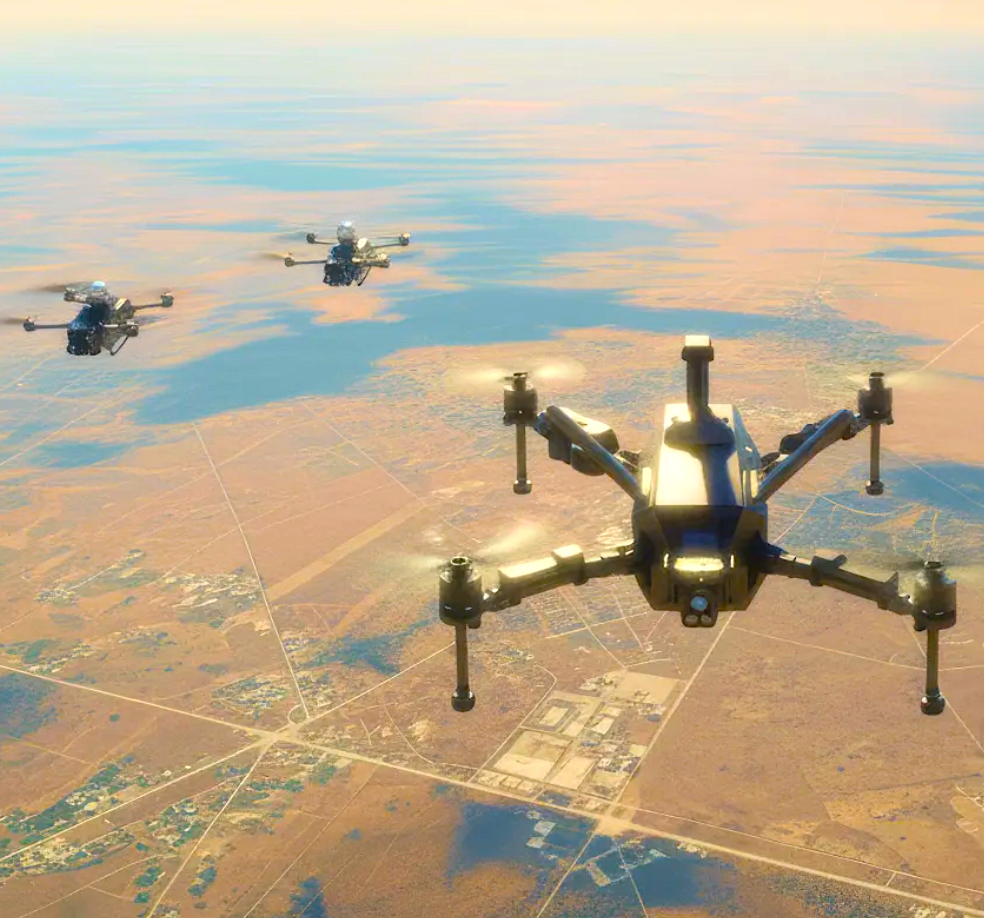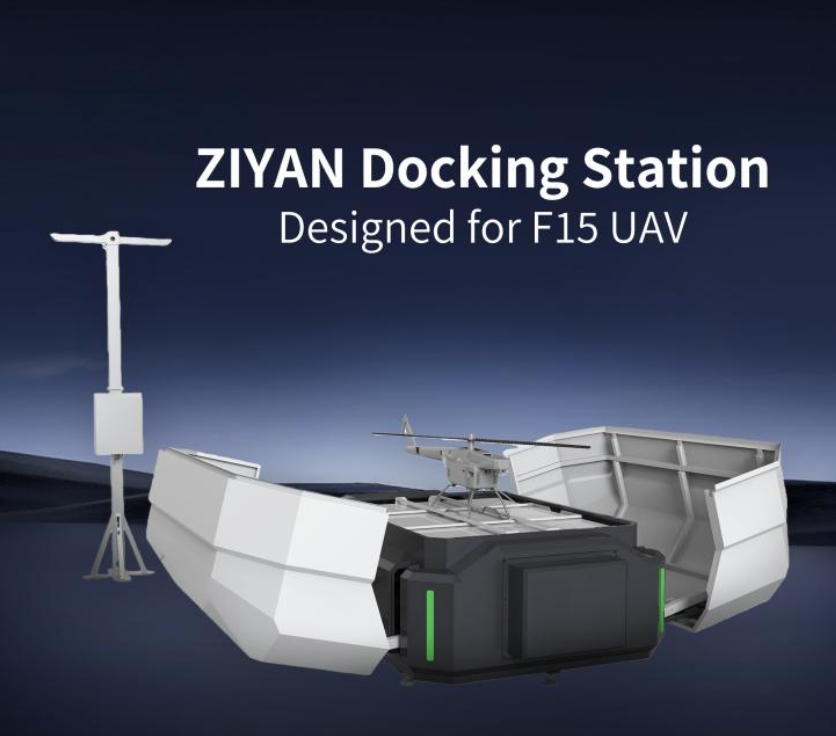Featured NewsTrending NewsAre Autonomous Drones Replacing Human Pilots?
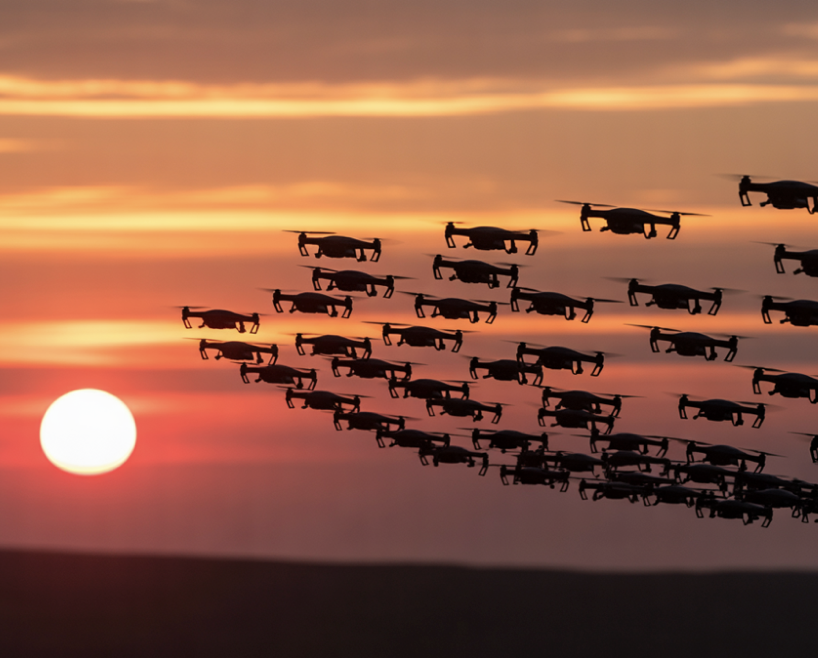
18 November 2025
You’ve probably seen the headlines: drones that follow firefighters into smoke, self-navigating UAVs delivering medicine, and military contracts for “autonomous” aircraft. It’s tempting to read all that and think: cool, put the robots in charge and let pilots retire to the beach. But if you’ve actually flown a job, run a drone program, or depend on reliable aerial data for real work, you know the story’s messier, more interesting, and honestly more human than the hype suggests.
Let’s unpack where autonomy actually is, what it’s doing to the job market, and why human pilots still bring irreplaceable value.
What “Autonomous” Really Means
When companies talk about autonomous drones, they don’t usually mean a drone that wakes up, orders coffee, and then decides to retrain itself as a street photographer. In practice, autonomy ranges from highly-assisted flight modes (automated waypoint missions, obstacle avoidance) all the way to supervised autonomous systems that can perform specific tasks without continuous human stick input — often inside tightly controlled environments and safety envelopes.
Look at examples: Skydio sells autonomy as a core product — drones that can track subjects, navigate complex environments, and even operate from automated docks for on-demand missions. Those capabilities are real and improving, and governments and militaries are investing in them. But those systems are built for mission-specific use, relying on carefully tested sensors, advanced software, and predefined failure modes. They’re not improvising the way a highly experienced human pilot can when the unexpected happens.
On the other hand, even major manufacturers like DJI have built a suite of autonomy-adjacent features into their platform. For instance, many of their drones (like for example - the DJI Mavic 3 Pro) support waypoint missions, in which you predefine a flight path, and the drone carries it out autonomously. They also use APAS (Advanced Pilot Assistance System) to detect obstacles mid-flight and either brake, steer, or hover to avoid collisions. In more advanced enterprise models like the Matrice 350 RTK, DJI implements mission replay, AI Spot-Check (framing of repeated points), terrain-follow flight, and mapping, enabling repeated inspection or survey flights without constant human stick input. DJI Official
However — and this is key — DJI’s systems still require human oversight. The autopilot features are powerful, but they depend on good planning, strong signal quality, and predictable environments. The “autonomous” mission is only as good as the inputs you give it, and when edge cases arise (sensor blind spots, GPS errors, unexpected obstacles), a human operator often still needs to step in and make decisions.
Regulators Are Cautiously Opening the Door
A big piece of the autonomy puzzle is regulation. The FAA and similar agencies worldwide are deliberately enabling more autonomous operations, but they’re doing it in steps. We’re seeing approvals for specific beyond-visual-line-of-sight (BVLOS) operations and proposed rulemaking designed to normalize BVLOS at scale — but each approval is accompanied by operational constraints, data requirements, and safety demonstrations. That means Big Tech and logistics companies can run pilots and limited commercial services, but the “autonomy everywhere” world still depends on regulatory guardrails. Federal Aviation Administration+1
Real Deployments
Concrete examples show both capability and limits. Companies like UPS Flight Forward have been authorized to conduct BVLOS package delivery, and Amazon’s Prime Air has earned permissions that let it expand deliveries in controlled test markets. Those moves are big: they prove the tech works in certain contexts and that regulators will permit it when safety cases stack up. But they also show that the industry is scaling deliberately: small geographic footprints, significant testing, and ongoing oversight. That’s not a full replacement of pilots, it’s a redefinition of roles. Federal Aviation Administration+1
Where Autonomy Shines and Where It Struggles
Autonomy excels at repetitive, predictable tasks. Route-based inspections of power lines, scheduled security patrols from a docked drone, and repeated delivery runs between fixed points are textbook wins: software can optimize routes, sensors can spot anomalies, and centralized operators can manage fleets. Autonomy reduces human fatigue, improves repeatability, and can operate in hazardous environments where sending a person would be dangerous.
But throw in weather surprises, complex urban airspace, unexpected obstacles, nuanced judgement calls (is that a harmless plastic bag or a person?), legal and privacy context, and the machine’s edge dulls. Sensor failure modes, edge cases, or complicated permission airspace still require human judgement, creativity, and improvisation. In short: autonomy is an excellent tool, not a stand-in for experience. (And yes — sometimes the “easy” mission becomes unexpectedly hard.) About Amazon+1
Jobs: Displaced, Transformed, or Brand New?
This is the bit everyone asks about. Will pilots lose work? Some jobs, especially routine, low-skill tasks, will be automated or materially reduced. At the same time, autonomy creates new roles: fleet operators, remote mission managers, maintenance technicians, systems integrators, and data analysts. Big consultancies and studies on AI point to the nuanced picture: automation changes what people do far more than it simply eliminates all the jobs. Companies that deploy automation still need skilled humans to maintain, audit, and interpret the systems. The likely outcome is transition: some roles shrink, others grow, and the emphasis shifts toward higher-skill supervision and systems work. McKinsey & Company
Why Skilled Pilots Still Matter
Context & judgement. A human pilot understands the client, the mission priorities, the property being filmed, and the legal and ethical nuances. That judgement matters when a mission pivots mid-flight.
Risk management. Pilots plan for contingencies, read wind shear off a chimney, spot unsafe landing zones, and know when to abort. Autonomous systems can be programmed for fail-safe behavior, but knowing when to override is a human skill.
Customer trust. Clients still want the confidence of a trained operator who accepts responsibility for the flight and the data. That accountability makes insurance, contracts, and real-world business possible.
Creative control. For filmmakers and certain public-safety missions, the nuanced, creative decisions a human makes are hard to encode as deterministic rules. Cinematic framing, storytelling, or improvisational search patterns are human strengths.
So, even when autonomy runs routine flights, pilots become supervisors, interpreters, and higher-value operators rather than simple stick-jockeys.
The Hybrid Future
Here’s the productive way to think about it: autonomy is a force multiplier for pilots, not a dismissal letter. Imagine a utility company: instead of sending multiple pilots every week to fly repetitive inspection routes, a docked autonomous drone system could run night inspection sweeps, flag anomalies, and send humans only for detailed follow-up work. That reduces the mundane work while concentrating skilled people where they matter most. The pilot’s role shifts from flying, to interpreting, managing, and deciding. That’s career resilience, not obsolescence.
Ethics, Trust, and Politics
We can’t ignore civil liberties and public consent. Autonomous surveillance-capable drones (even when used for good) raise questions about accountability and scope creep. When police departments use long-range autonomous capabilities, communities and civil liberty groups rightly demand transparency and limits. Technology can do a lot; whether it should, is a separate conversation requiring policy, law, and public dialogue. Wired’s reporting on the surveillance potential of advanced drones is a reminder: new capability ≠ automatic acceptance. WIRED
What Pilots Should Do Right Now
If you’re a pilot or managing a media team, here’s a quick action list:
Learn supervision and systems skills. Get familiar with fleet management platforms, remote operations centers, and automated mission planning.
Invest in data literacy. Clients increasingly buy analysis (anomaly detection, change detection, 3D models) not just raw footage. Learn to read and sell that data.
Certify & specialize. BVLOS, Part 135, and other certifications will be differentiators as autonomous systems scale under regulation. Staying ahead on legal compliance is a business advantage.
Market the human element. Charge for judgement, accountability, and creative skills — things automation can’t price in.
Autonomy Amplifies—It Doesn’t Annihilate
Autonomy is a turning point in aviation history, and one that looks less like “humans go extinct” and more like “humans upgrade.” Drones that can autonomously inspect a solar farm or make a life-saving medical delivery are evidence of real progress, and we should celebrate that. But celebrating capability doesn’t mean pretending pilots are obsolete.
Skilled pilots bring nuance, responsibility, and adaptability. They’ll be the ones running the show, interpreting the data, and stepping in when machines meet the unexpected. The future won’t be pilotless so much as re-piloted — a collaboration between human judgement and machine endurance. That’s good news, if you’re ready to adapt.
Note From the Author
Throughout this article, I reference various drone manufacturers — including companies like Skydio, DJI, and others — strictly for the purpose of discussing current technology, industry capabilities, and real-world examples. These mentions are not endorsements, recommendations, or statements of political support, nor are they intended to persuade anyone to purchase or prefer one brand over another. My goal is simply to provide clear, unbiased context around the advancements shaping the drone industry.
